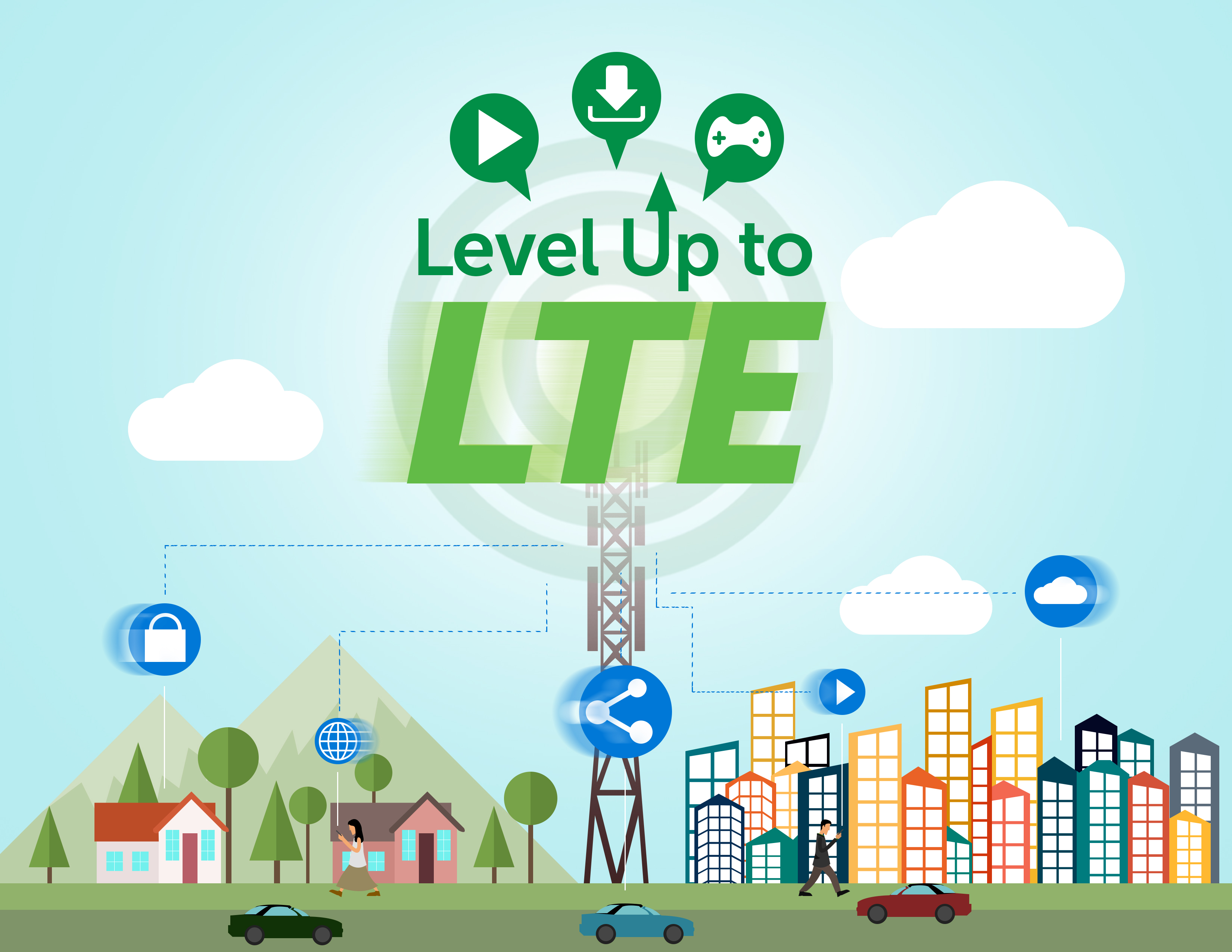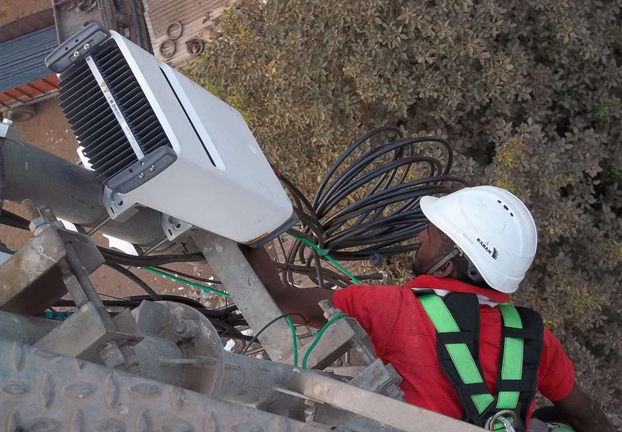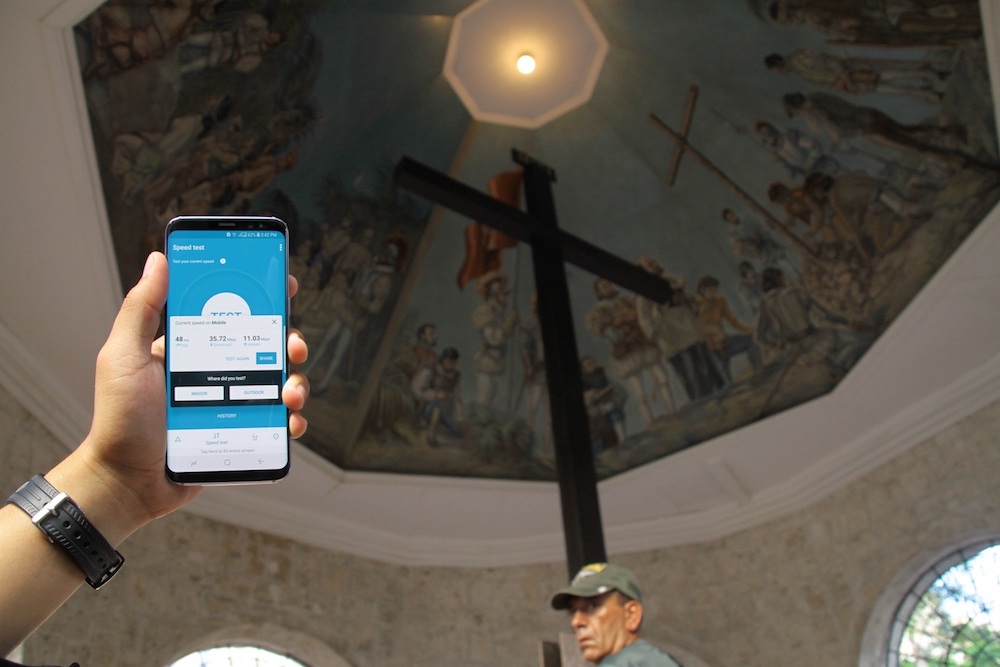The decision of Nokia to sell its Devices and Services business to Microsoft in April this year has resulted in the restructuring of its business to include three key areas of growth: Nokia Networks, HERE, and Nokia Technologies. With this transformation, Nokia hopes to reposition itself as one of the world’s largest software companies.
“We are the continuing innovator in these three areas with a goal of becoming a leader in technologies in a world where everybody and everything will be connected,” said John Lancaster-Lennox, Country Director of Philippines and Head of Asia South, Nokia Networks.
Focus on LTE
The first key area is the Nokia Networks or the network business that supplies technology and infrastructure to more than 90 of the world’s 100 largest operators worldwide.
Lennox said that this area, which comprises a large part of the business, focuses on mobile broadband and is strong in long-term evolution (LTE). It also specializes in virtualization and cloud technologies.
In the Philippines, Lennox said, the company will focus on LTE by utilizing its 600 to 650 manpower pool and is looking to expand.
A study conducted by ABI Research in March 2014 showed that operators in the Philippines are driving huge mobile data and usage growth through LTE. On average, the compounded growth rate of mobile data usage in Asia Pacific over a period of five year is 32%, but this could grow to more than 80% with LTE.
For operators running 3G, HSUPA and LTE, Nokia Networks has flexible solutions that will allow telcos to cater to the whole spectrum.
Mapping and location services
Another key business is HERE which is creating headway in location cloud business and map content for in-car navigation systems through an offering across connected devices, enterprise solutions and car. It is already available in four out of five cars with in-dash navigation.
The third area is the Nokia Technologies where it boasts of hundreds of world-class inventors. With its huge investment in research and development, the company has one of the largest patent portfolios in the industry. It also has established a successful patent and technology licensing operation, and will explore new business opportunities.
Trends shaping telecommunications industry
Nokia has identified 10 key global trends that the company believes will shape the telecommunications industry. The key trends it identified for the Philippines are the entry of new players, mobile data traffic growth, telco cloud and core virtualization, and shift from data analytics to cognitive networks.
To achieve network efficiency, the company has telco cloud solution that provides more flexibility in the delivery of services and in exploring new business models. This is now being evaluated by local telcos, where data to be gathered will allow operators to deliver a more customized user experience and is a way to differentiate their offerings from the other operators.
Revisting Mobile World Congress
Nokia Networks demonstrated some of its newest technologies during the Mobile World Congress-revisited event in the Philippines which aims operators to remain profitable and achieve a stronger competitive positioning. These innovations include Voice over LTE (VoLTE), Customer Experience Management (CEM), Software-Defined Network (SDN) in mobile networks, and 5G.
Nokia described the potential of Voice over LTE, through a VoLTE call with Single Radio Voice Call Continuity (SRVCC) capabilities and its key elements of low latency, seamless handover from LTE to 3G network, and High-Definition voice quality.
VoLTE can help fulfill the vision of mobile broadband over LTE to ensure profitable high quality voice, video and multimedia service to customers. It has the capability to provide voice and SMS alongside LTE mobile broadband in a profitable and reliable way.
VoLTE technology enables better voice calls, faster data services and more efficient use of network resources.
Improving the customer experience
The Customer Experience Management (CEM), on the other hand, targets actions that improve customer experience and drive loyalty and profitability through a user-friendly online portal. CEM Umbrella Solution allows operators to access and share the network information across their organization, allowing engineers to address customer issues from consumer reports and dashboards. Whenever mobile service is affected, engineers can drill down immediately to individual customer accounts and fix the problem.
Businesses can benefit from CEM through the following: services-led solution that offers large or group operators to gain visibility into the CEM performance of their affiliates; helps operators to increase customer loyalty and life time value by replicating best practices within affiliates; and assists them to generate revenues and save costs through better SLAs or contracts with roaming partners and device vendors.
Software-defined networking (SDN) is an important dimension of the telco cloud which moves from the virtualization of single network elements to full cloud orchestration for automated provisioning and elastic scaling of the network.
SDN separates network control from user data, which allows on-demand reassignment of transport and control resources. When complex gateway nodes are decomposed and gateway functions are rearranged at a data center and at appropriate nodes, this provides freedom in assigning resources at a given time and at given locations without the need of overprovision and service degradation – effectively establishing a Mobile Network on Demand.
With SDN, the company says that it is virtualizing the network functionality of their mobile element and focusing on developing the software.
Satisfying 5G standard requirements
As a key contributor in defining the 5G standards, Nokia Network’s vision of 5G is a combination of existing evolutionary improved Radio Access Technology (RAT) and the novel RATs optimized for specific deployment scenarios and use cases. It is now undertaking extensive research to map out the scope of 5G and has a clear vision of the three key pillars that will make this future network a reality: more radio spectrum, more base stations, and the evolution of existing and new radio access technologies.
The company aims to satisfy the three 5G key requirements (10,000x capacity, 10-100x more devices, and virtual zero latency) by realizing key enablers such as bridging spectrum gaps, providing ultra-dense network deployments, and leapfrogs in network performance.
Ultra-low latency for tactile Internet; an understanding of millimeter and centimeter wave propagation characteristics; innovation in cognitive networks and automation; and experience with new spectrum allocation methods are some of Nokia Network’s 5G differentiators.
According to the company, 5G is not yet defined. It will be defined by 2018 and commercially run by 2020. In 5G, it’s not everyone’s communicating but everything’s. Even machine will communicate with us and vice versa, and also machine to machine. But it is very important that a lot of things are being controlled by the network.











































































































